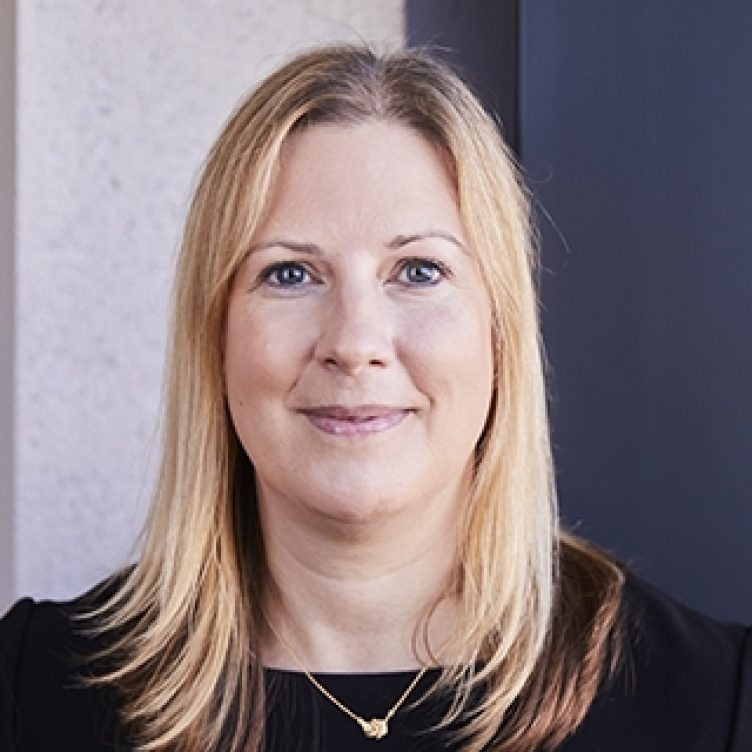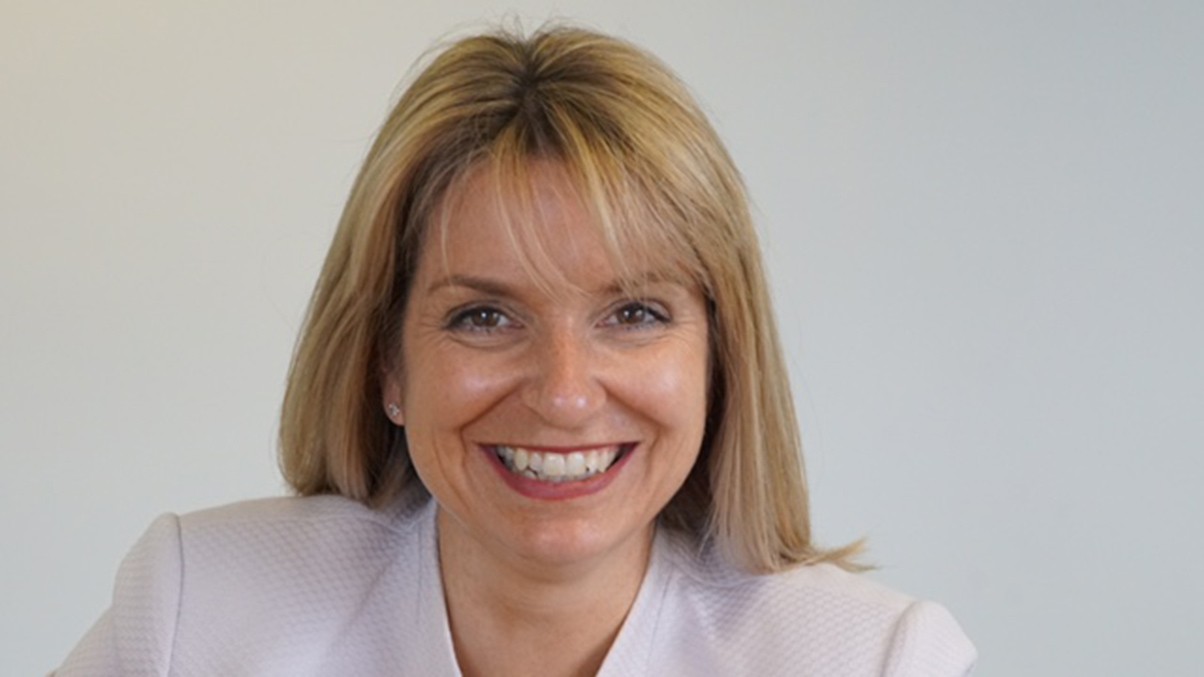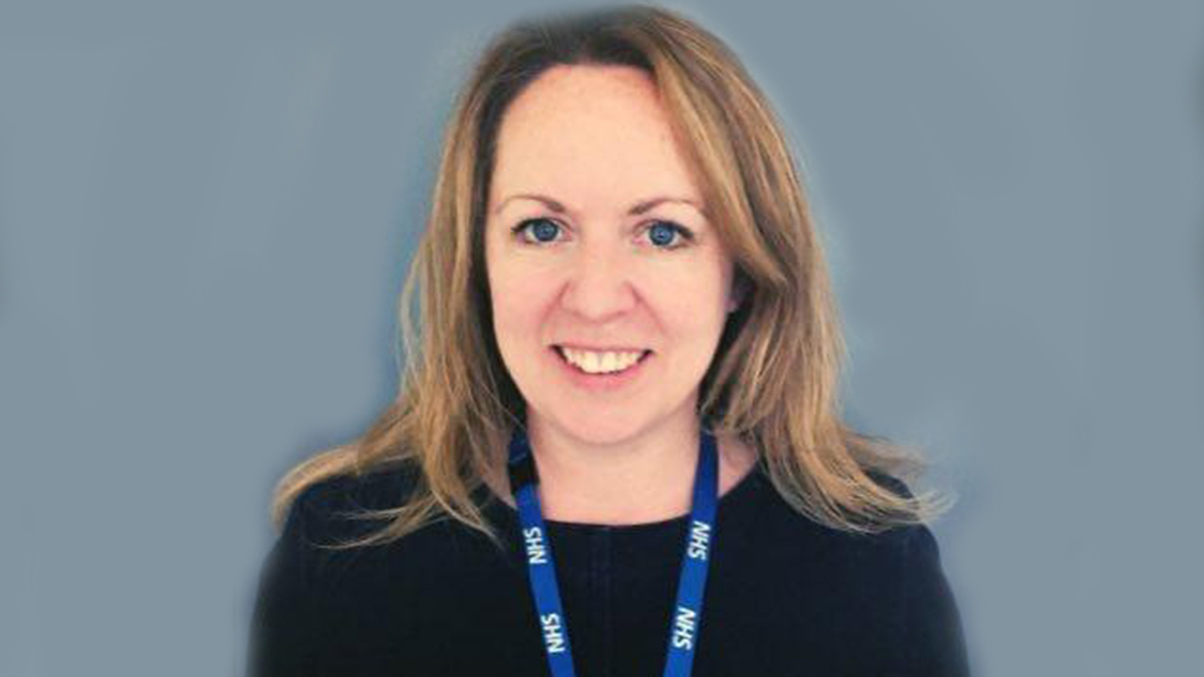The creative arts therapies (art, drama and music therapy) have been professions regulated by the Health & Care Professions Council (HCPC) since the late 1990s but underutilised by case managers until quite recently. What has changed?
Nichola Fosler spoke to Daniel Thomas, a music therapist and managing director of Chroma, one of the UK’s leading providers of arts therapies to children and adults, about how arts therapies can help support case managers in the rehabilitation of seriously injured clients.
Historically, the creative arts therapies have mainly focused on working alongside adults with learning difficulties, children with autism and within NHS settings. Over the past 10 years, organisations such as Chroma have sought to educate and understand what case managers and their clients need in terms of functional and psycho-social rehabilitation and therapeutic support. Alongside this, researchers looking at the brain’s responses to music, specifically, have found significant functional, psychological and social benefits when music is used as a treatment modality, especially around neuro rehabilitation. Case managers respond positively when there is clear evidence for an intervention and examples of best practice. Both now exist and, therefore, referrals are increasing.
Nichola Fosler: Daniel, when case managers talk to Chroma, what sort of questions or concerns do they have about potentially instructing you on cases, especially if they haven’t spoken to you before?
Daniel Thomas: Case managers commonly ask questions about the potential outcomes of a certain intervention, how Chroma’s therapists report on progress towards these outcomes, whether we collaborate with other members of the multi-disciplinary team (MDT), and about costs and fees. Spending time with case managers to understand and answer their questions and those of parents and next-of-kin is an important part of our referral process and something we don’t rush or take for granted. There can sometimes be a misconception that the creative arts therapies are more focused on the creative activity (drawing, painting, playing music, for example) rather than being used as a treatment modality for a specific and measurable rehabilitation aim.
NF: Case managers often work with full MDT teams, with clients accessing multiple therapy sessions each week. Are there cases when you might recommend that creative arts therapies are not suitable?
DT: That’s a great question and goes to the heart of why it’s important to me that organisations such as Chroma are led and run by therapists with a strong ethical core and a clear view of what’s in a client’s best interest. Sometimes it’s about managing expectations. We are not in the business of curing people, but we are able to empathise with parents and case managers who are facing complex case situations, share helpful insights and make sound clinical recommendations. It’s often about asking the right question and then listening to what they say. For example, asking: “Why are you thinking about art/drama/music therapy now?” By talking about the case situation with us during the referral conversations, case managers often open up about the successes and the difficulties in a case.
When they trust us enough to do this, we can think with them about the issues and the timing of new interventions. As an example, we have just been instructed on a case that we took as a referral almost a year ago, but the timing hasn’t been right until recently. It’s about building relationships and staying in touch sometimes.
We sometimes hear that an adult or a child is accessing four or five therapy sessions each week, plus Cognitive Behavioural Therapy (CBT) and then we get asked to provide drama therapy on top of this. At this point, we must ask about whether this is too much therapy or is something in the existing package of support not working.
NF: Families are often greatly impacted and affected by their loved one’s accident or injury. Is it common for creative arts therapists to work with the families of case-managed clients?
DT: Best practice would be to think systemically about the impact of the accident or injury on the family as well as the client. How have their lives been changed? Has the client had a change in function or personality, for example? And we are always aware that family members are also living with feelings of grief, loss, anger and sadness about what has happened. Formally and on a case-by-case basis, Chroma does sometimes work to support family members. In these cases, we often have a second creative arts therapist who works only with the family members and not with the client. This gives everyone a bit of space and a confidential therapeutic space to talk about and process what has happened. It can be very useful indeed.
NF: If case managers want to know more, where can they make enquiries?
DT: Please email me, Daniel Thomas, or call me on 0330 440 1838, and I will endeavour to answer your questions. For more information, please visit Chroma’s website.
This article is part of the quarterly Case Manager’s newsletter series. If you want to subscribe to the newsletter, please click here.
You can find further information regarding our expertise, experience and team on our Personal Injury pages.
If you require assistance from our team, please contact us or alternatively request a call back from one of our lawyers by submitting this form.
Subscribe – In order to receive our news straight to your inbox, subscribe here. Our newsletters are sent no more than once a month.





